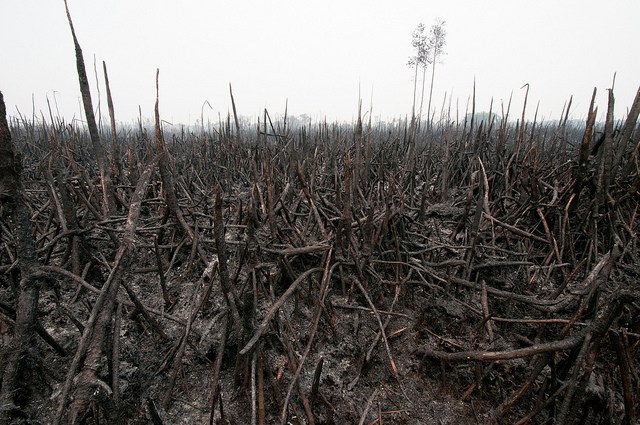Plantations International Headlines

$ 30 billion bucks. That is actually the overall damaging financial impact of this year’s timberland fires in Indonesia. These costs carry out certainly not happen Indonesia alone– – Singapore, Malaysia, Thailand, and even the Philippines have really been actually affected, baseding on details provided by Herry Purnomo, Scientist at the Center for International Forestry Research studyand also Lecturer at Bogor Agricultural College.
“In reality, 43 million individuals were subjected to fire up– – and nineteen individuals passed away because of toxic haze,” declared Purnomo throughout a session on unique market communication to stop fires in Indonesia at the International Landscapes Online online forum in Paris, together with UNFCCC COP21 negotiations.Though the rates to the
place simultaneously are actually considerable, there are actually lots of folks which make money from fires– – as well as that’s where the concern exists. Each hectare shed promotions$ 486 in temporary perks, dispersed out throughout a large group of people varying coming from town heads, planters, team organizers, along with law enforcement agents. Taking into account almost 2 thoUSAnd hectares of property liquefied before married couple of months, that is actually a bunch of cash.” If that is grown with oil palm, the worth of the land boosts to US$ 3000 each hectare. This is actually a financial situation on the ground– – this burning, clearing, developing, carried out by strong people on the ground, “mentioned Purnomo.Purnomo’s info additionally showed that timber cattle ranches– – the source of pulp for study — were actually the source of a lot of hotspots, as located by gpses, with hand oil 2nd, revealing the solid link in between commercial farming and also fires.It is certainly not, however, as easy as gps graphics could make this seem. Lots of hand oil as well as pulp products come coming from smallholders, that typically stay in legal obscurity. A number of lack main property tenure, which is actually extremely highly-priced to obtain.Mansuetus Alsy Hanu, along with the Indonesia’s Hand Oil Smallholders Union, cautioned that those that made use of fire to acquire property were most likely not smallholders in
his definition, however very most very likely middle-size managers. They have the incentive to utilize fire to crystal clear and additionally situation carbonized property to become plantings, certainly not conventional smallholders.One point of agreement: all stakeholders require much better information– – not only on the influences of fire, yet furthermore about what is actually happening on the ground before it sheds.
Absence of right charts indicates that this is difficult to recognize where concessions start as effectively as end as well as that is actually answerable for each and every fire. Numerous Indonesian NGOs have spent years seeking a one map initiative, which would plainly describe as well as designate land concessions all over the country, producing this easier for each federal government governments and civil lifestyle to connect fires with those that induced that, and much better allot resources to cease fires. Plantations International
The post The $ 30 billion question: Can the exclusive industry help prevent future haze? seemed first on Plantations International.